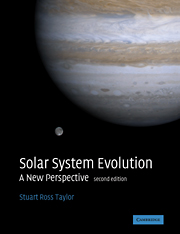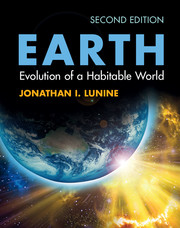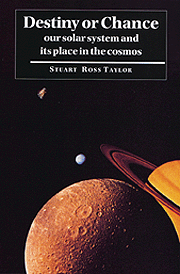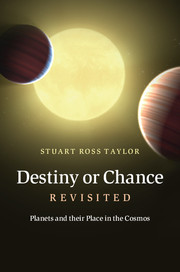Solar System Evolution
This completely rewritten new edition begins with a historical perspective of the place of the solar system in the universe. Evidence from meteorites is used to describe how the planets were formed and the giant planets are considered in the light of the discovery of new extrasolar giants. Other chapters discuss satellites, comets, centaurs, asteroids and why Pluto is not a planet. Explanations on why Earth and Venus turned out so differently, and how Mars and Mercury are the survivors of many similar bodies, are also discussed.
- Unique overview incorporating latest research
- Provides a complete synthesis of our present knowledge about the solar system
- Discusses the new extrasolar giant planets and asks whether planets like our Earth are likely to be found elsewhere in the universe
Reviews & endorsements
"Overall, a good way to learn about how the Earth, Sun, and planets were formed. Highly recommended." Choice
I cannot fault Ross Taylor on his apprach; it is a model of succinctness and the illustrations are well chosen and reproduced. He marshals the mass of chemical and physical evidence into a well-ordered structure and, although no scientist can be entirely unbiased, to my mind argues his case fairly and with considerable skill... Read this excellent, informative and extremely entertaining book." Geological Magazine
Product details
July 2005Paperback
9780521675666
488 pages
246 × 189 × 25 mm
0.86kg
172 b/w illus. 39 tables
Available
Table of Contents
- Preface
- Acknowledgements
- Prologue
- 1. A brief history
- 2. The universe
- 3. Stars
- 4. The solar nebula
- 5. Composition and chemical evolution of the nebula
- 6. The evidence from meteorites
- 7. Building planets
- 8. The giant planets
- 9. Satellites and rings
- 10. The refugees
- 11. The survivors: Mercury and Mars
- 12. The twins: Venus and the Earth
- 13. The Moon
- 14. The role of impacts
- 15. Epilogue: on the difficulty of making Earth-like planets
- Subject index
- Author index.








